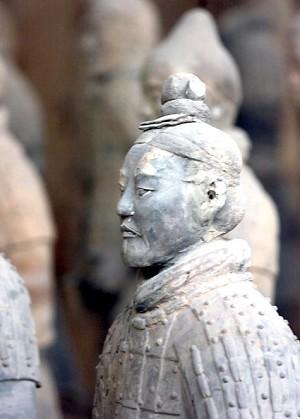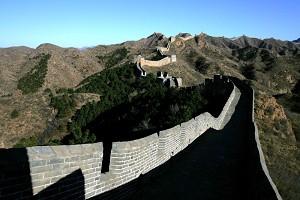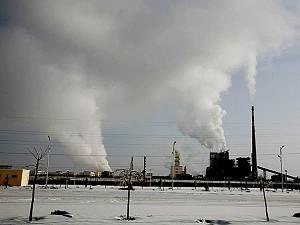TAIPEI— Xinhua News Agency, the Chinese Communist Party’s official press agency, reported on August 31 that an authority from Qin Shi Huang Terracotta Warriors and Horses Museum in Shannxi Province said that China presently has no plan of excavating the mausoleum of first Emperor Qin Shi Huang (259 BC - 210 BC), and that the mausoleum will be kept in its original state for a long period of time.
Cao Wei, the deputy director of the museum, said, “I am sure we won’t see the excavation of Emperor Qin’s Mausoleum during my life time. I also believe no one now living on Earth will see that day.”
In 2002, China launched National Project 863, which is employing remote sensing technology and integrated geophysical mapping methods to explore the underground palace of Emperor Qin’s mausoleum. The study confirmed the existence of a huge underground palace and tomb chamber.
Cao Wei said the Shannxi provincial government and the Shannxi Administration of Cultural Heritage was planning to build the Palace Museum of Emperor Qin’s Mausoleum.
Cao explained that in addition to the existing Terra Cotta Warriors and Horses Museum, the Palace Museum of Emperor Qin’s Mausoleum will also include the Qin Shi Huang Mausoleum Relics Park with an area of 2.9 square kilometers (1.12 square miles) and a new Bronze Carriages and Horses Museum.
According to Cao, the plan for the Qin Shi Huang Mausoleum Relics Park is ripe for execution, but the specific date of construction is yet to be determined.
In March 1974, several farmers from Shannxi’s Lintong County, found terracotta warriors and horses while digging a well. Emperor Qin’s Terracotta Warriors and Horses have quickly aroused great interests of the entire world and are considered one of the most important contemporary archaeological findings.




